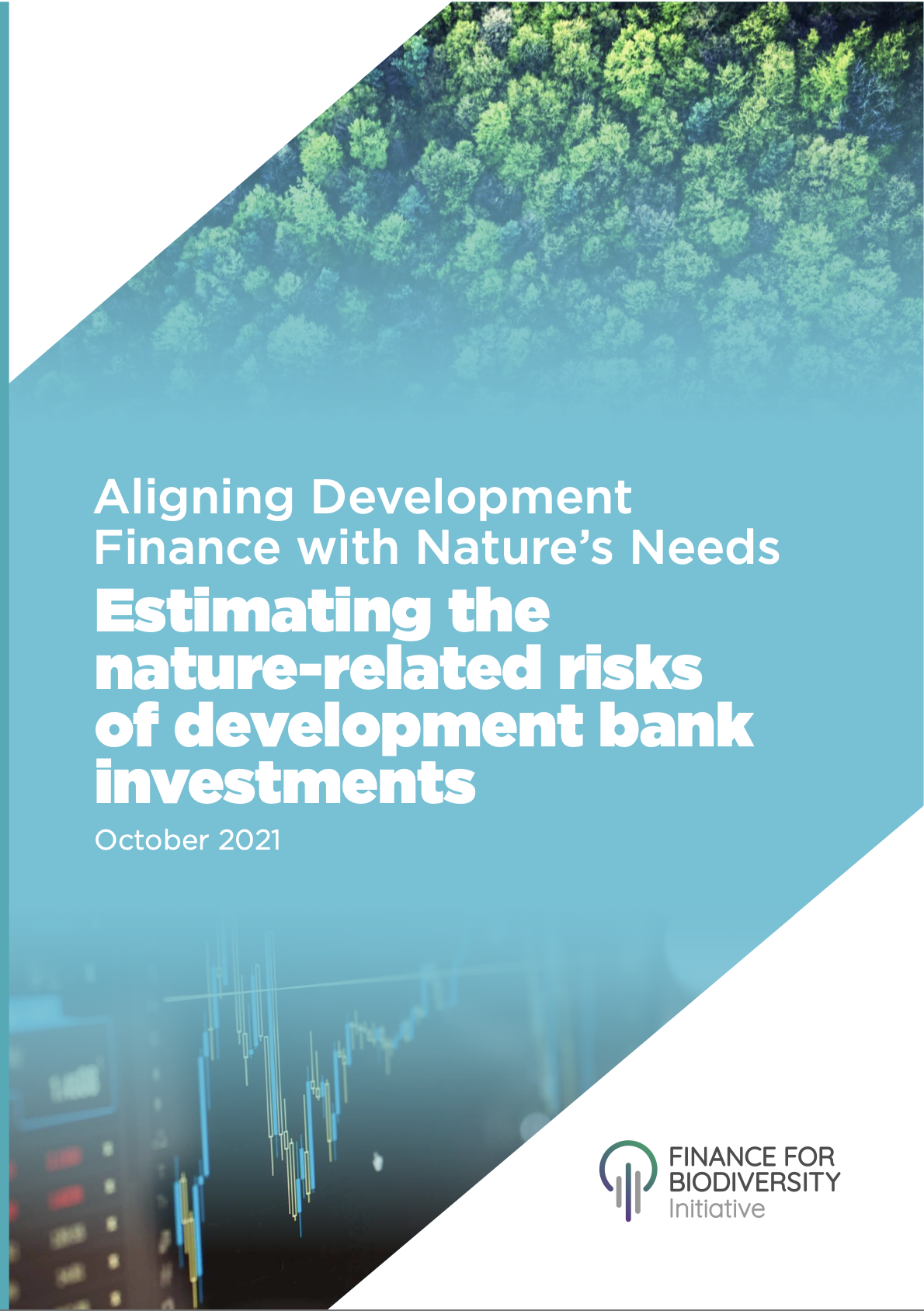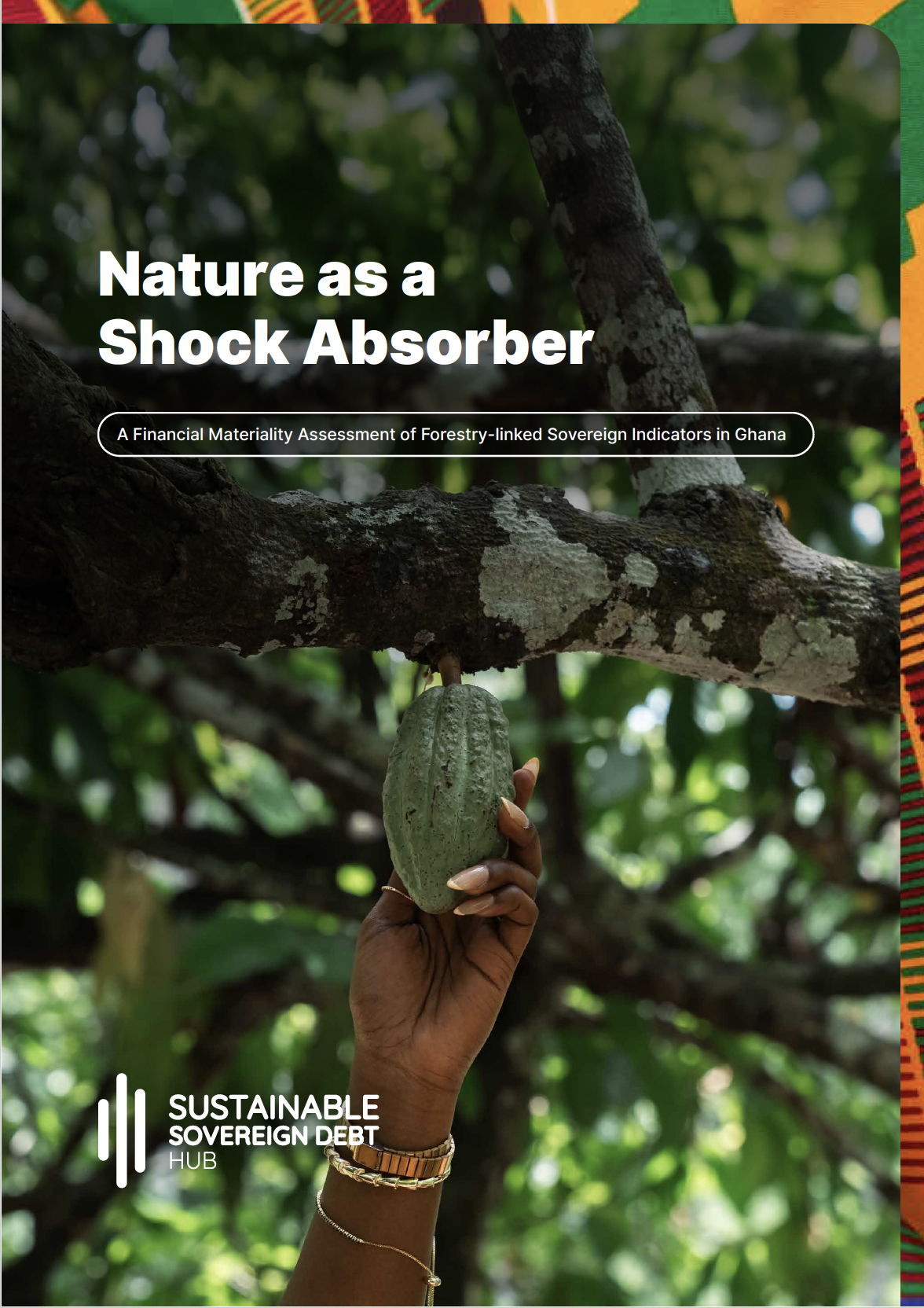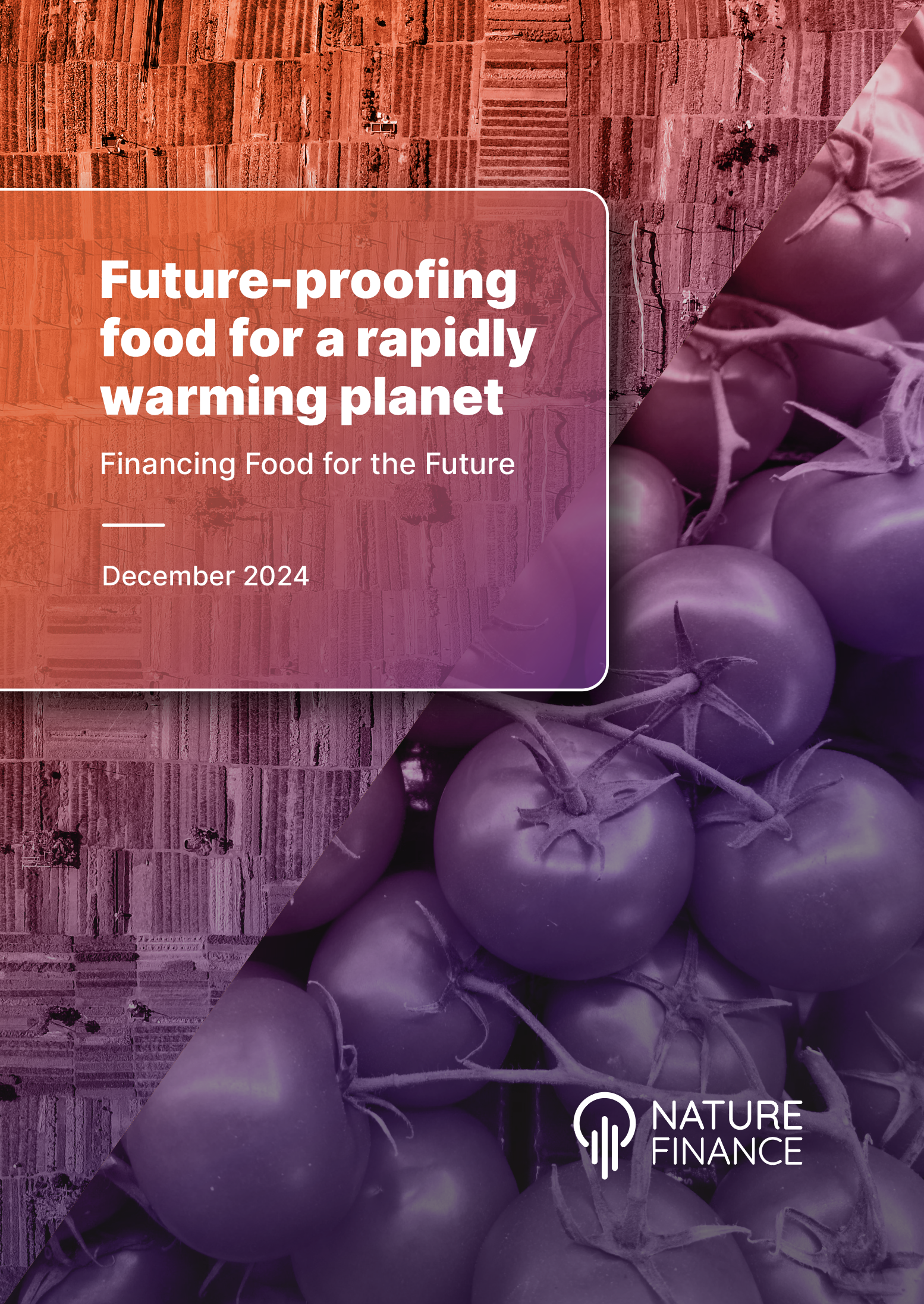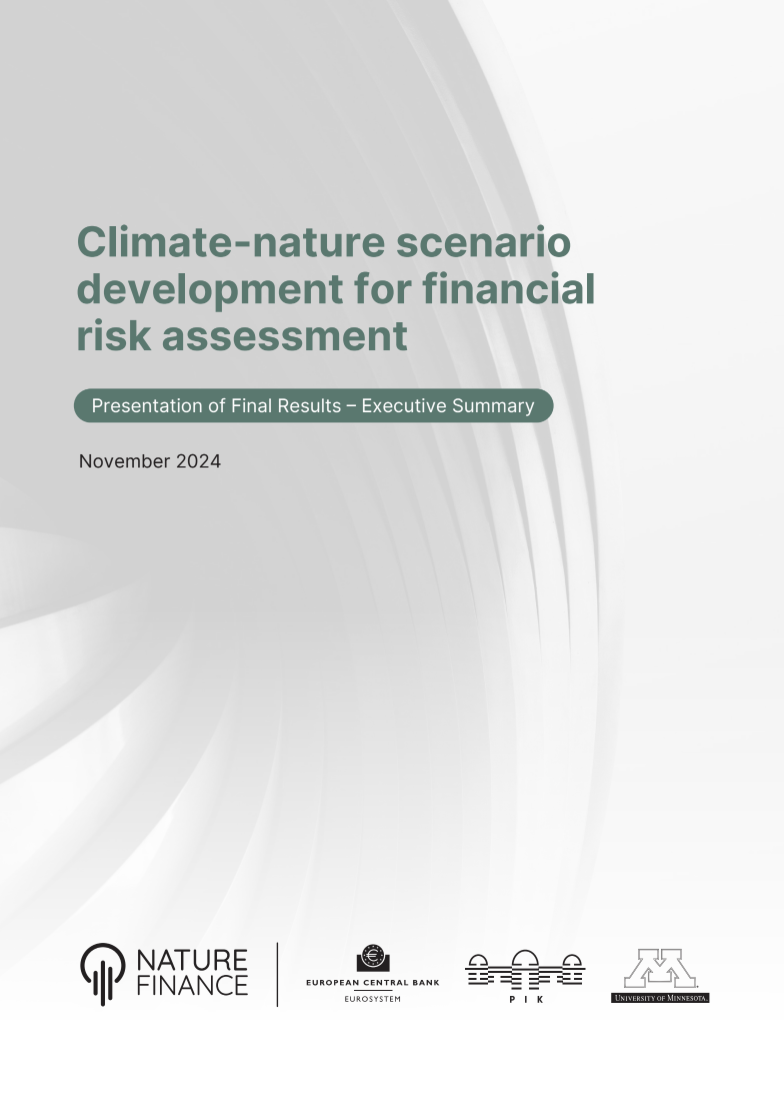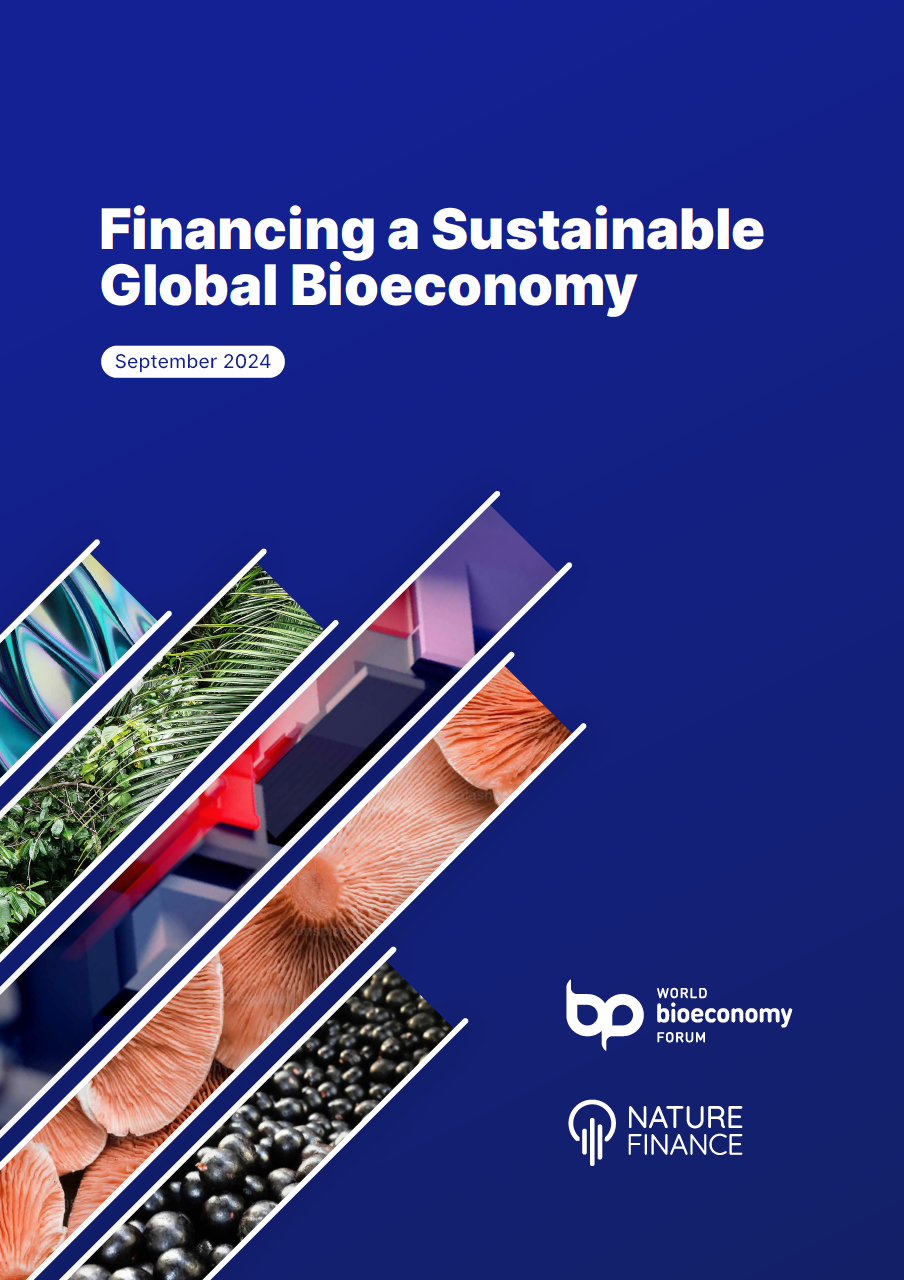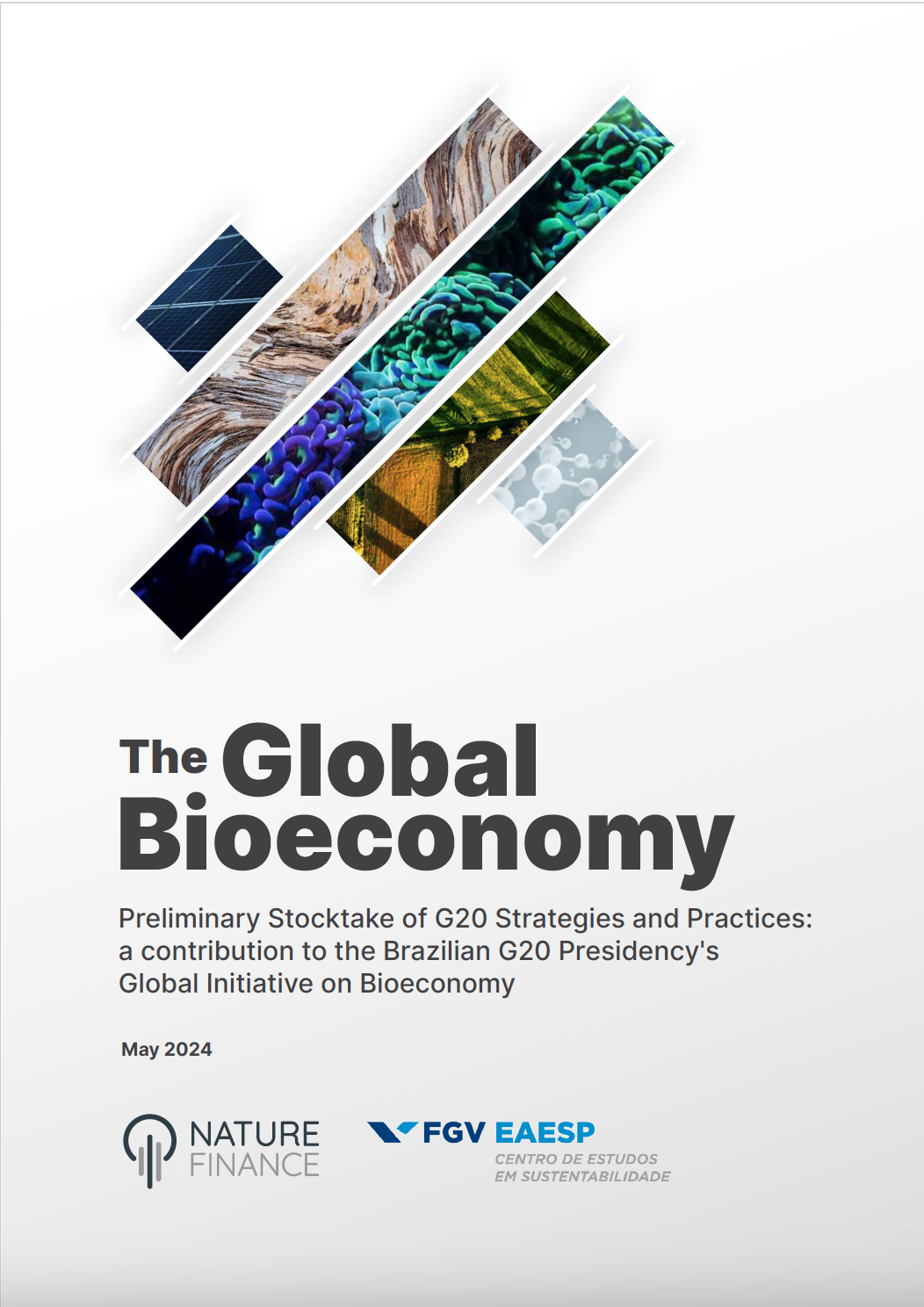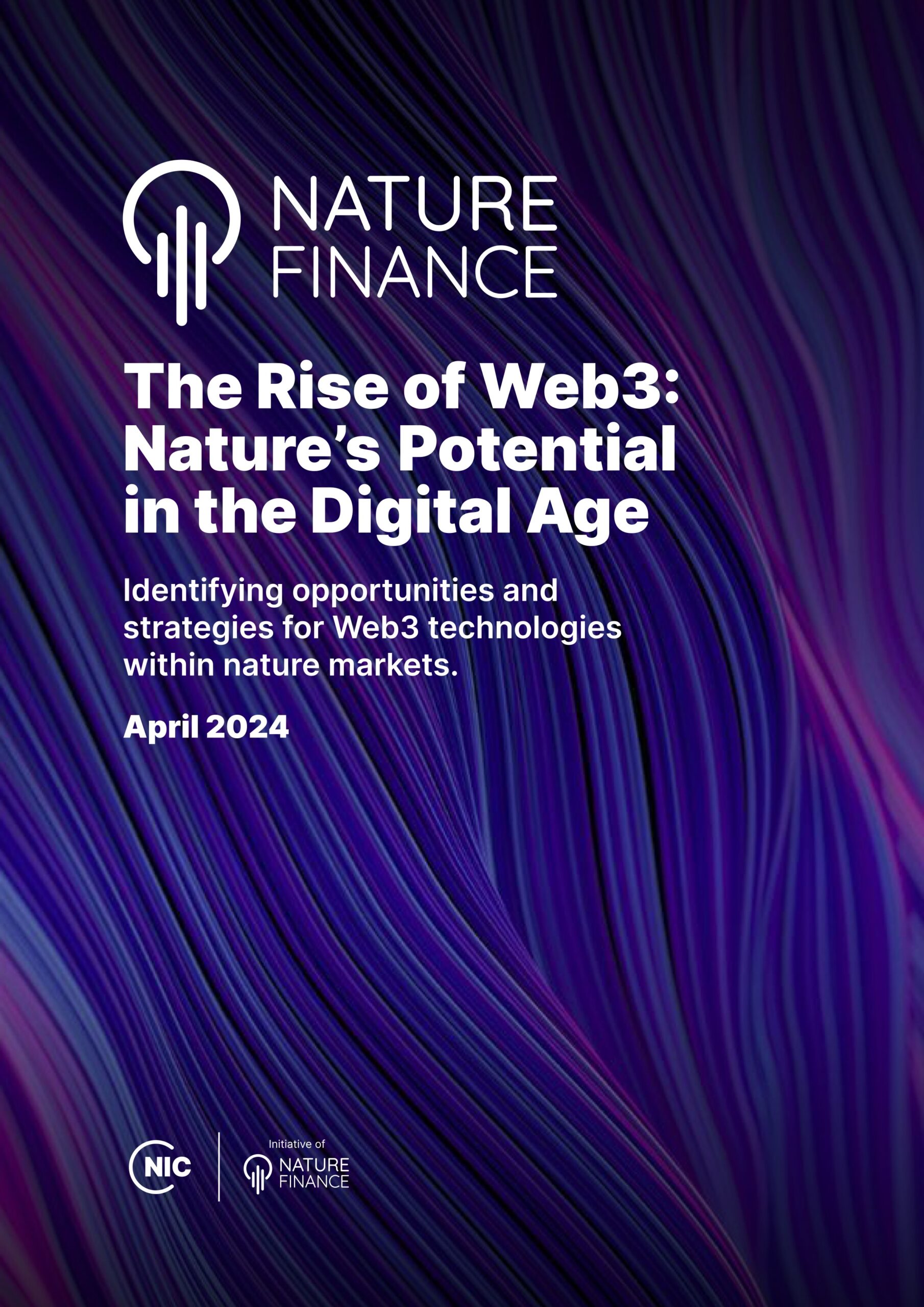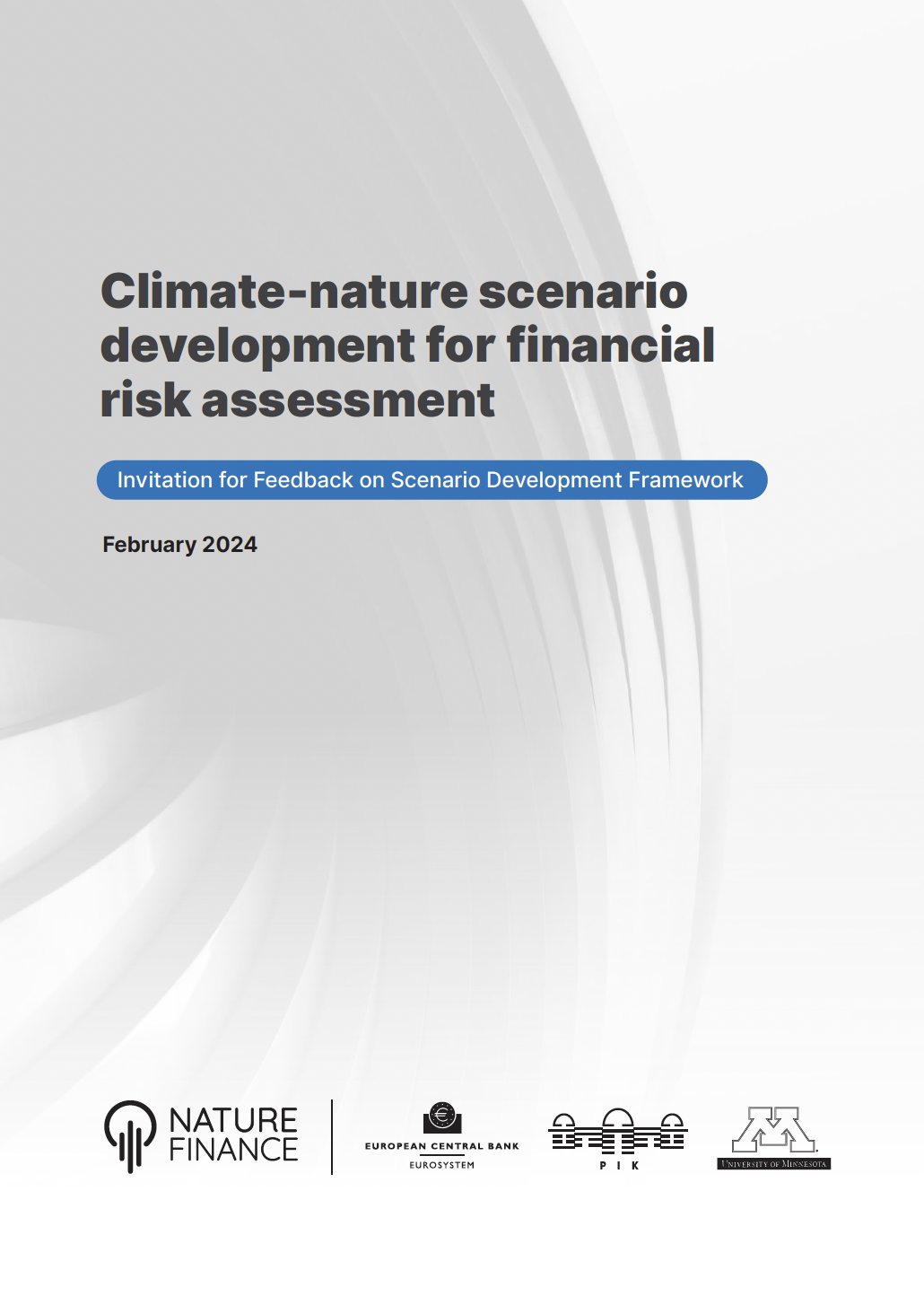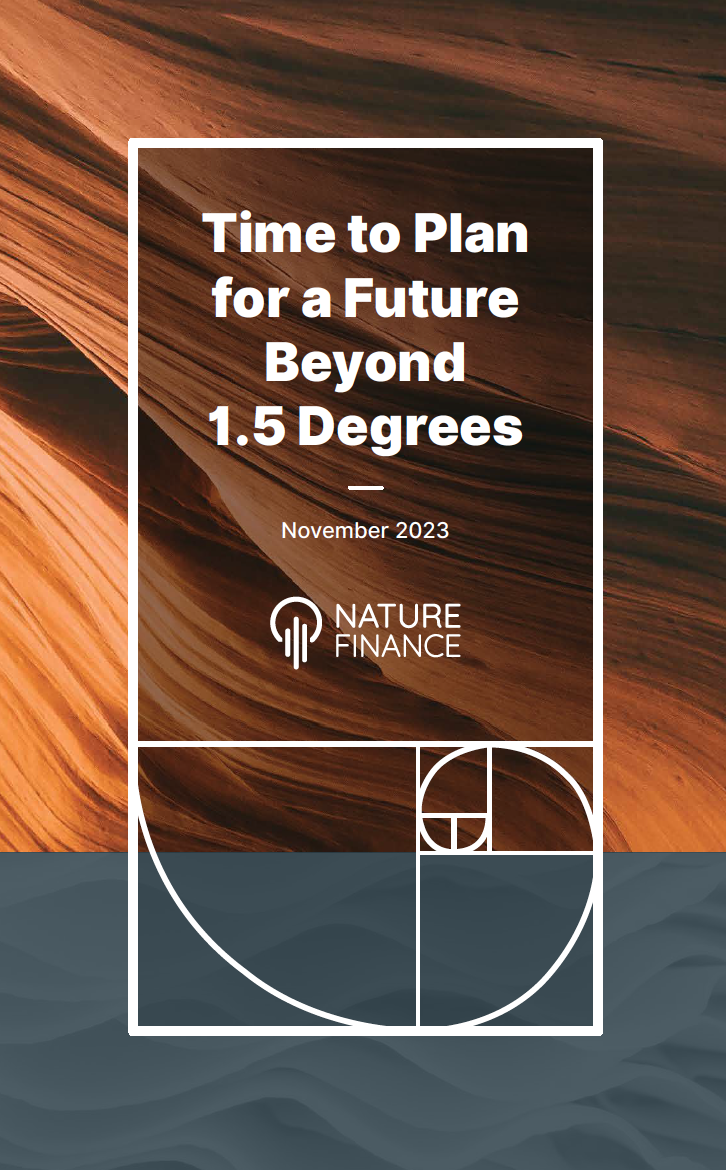Estimating the nature-related risks of development bank investments
This report is an updated and expanded version of the one released in November 2020 ahead of the inaugural Finance in Common Summit. It uses readily available data to estimate the dependency of development banks’ balance sheets on vulnerable nature (‘dependency risk’), alongside the potential damage to nature from their lending activities (‘nature at risk’). Using portfolio data from 12 key development banks, we estimate ‘dependency risk’ and ‘nature at risk’ using publicly available information on their lending activities. The results are scaled up to reflect the total value of assets held by public development banks (PDBs) globally. We also summarise the combined nature risk exposure of 11 shareholder countries. The application of this methodology shows that any financial institution can make a credible, first-pass, biodiversity-related stress test of their balance sheet.
